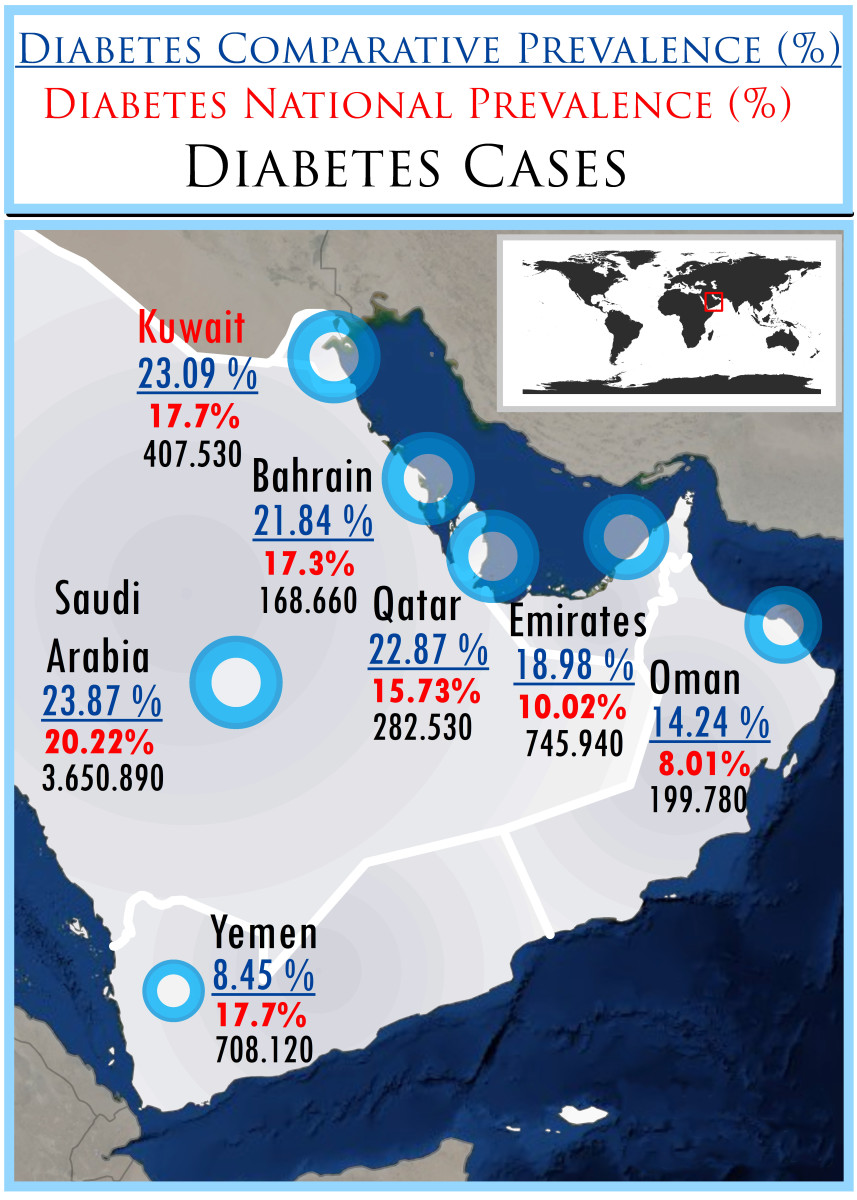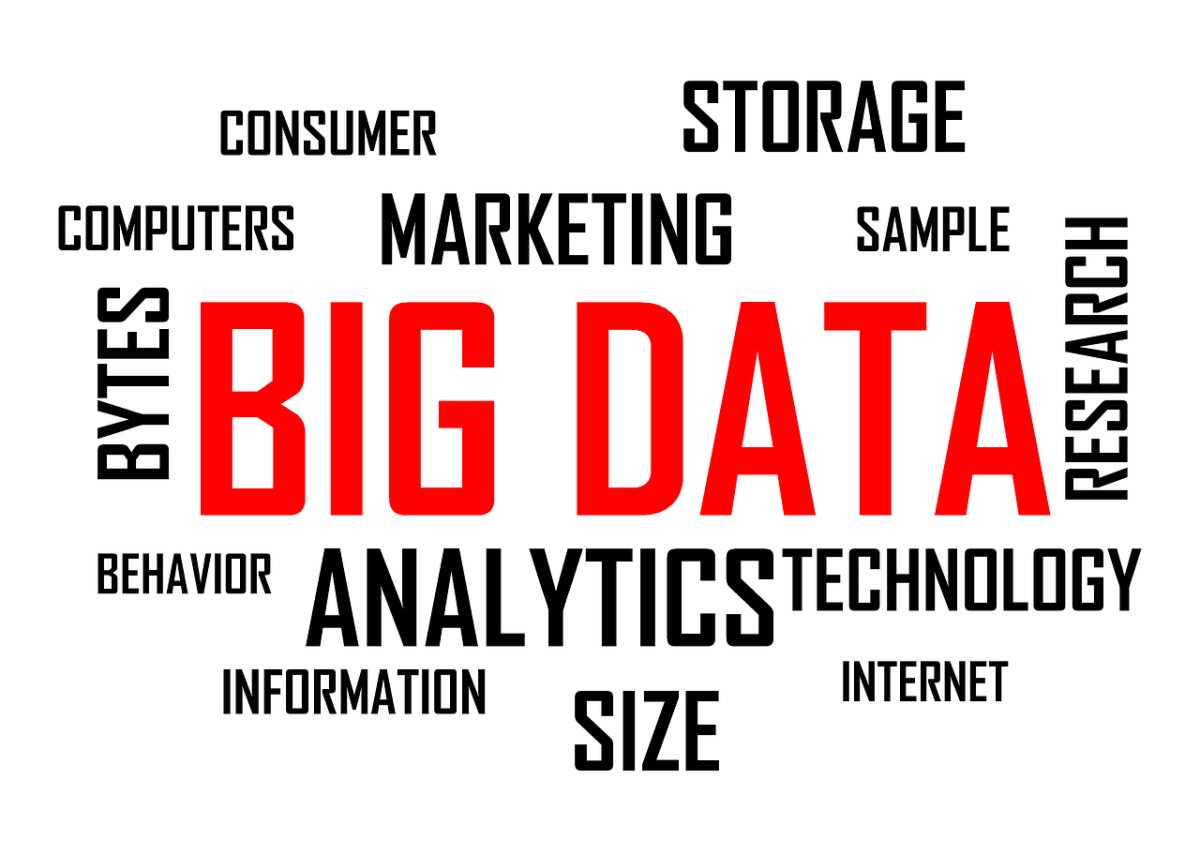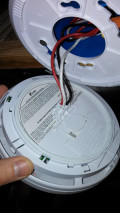Monitoring Netezza databases using Nagios
Introduction
In today’s era of big and massive data, technology is enabling people to utilize more data and generate more insights for achieving competitive advantage. It has become crucial to have faster access to insights and to harbor agility of responding to evolving, analytical requirements in a faster manner. Netezza is a company that designs and market high performance data warehouse appliances, and analytic applications that are highly advanced. These applications include, but not limited to enterprise data warehouse, predictive analytics, business intelligence, and business continuity planning. Netezza is known for either inventing, or coming up with a new perspective, as well as categories of data warehouse appliances. The firm, which is based on Marlborough, Massachusetts, was established in 2000. In 2010, Netezza and IBM established an agreement with Netezza to acquire Netezza for $27 per share, which set Netezza at the value of $1.7B (Morgan, 2010).
The IBM PureData System for Analytics is created in such a way that it is simple to own, learn and use. This simplicity is meant to facilitate technical teams in building a deeper relationship with their business counterparts, finding out new ways in which they can create value from their data. By creating simplicity to analytics, and data warehousing, the PureData Systems for analytics by IBM, has made it easy for experts to put their focus on data and not particularly on data management, steering an actual alignment, the business functions, and information technology. The engineers and designers at IBM are focused at making simplicity a goal, ensuring that the PureData systems are tested and monitored at every development stage. However, IBM and Netezza contents that, managing big and massive data sets and availing them for deep analysis is a complex computing process and has other various challenges related to data management (Kearney, 2012).
Netezza and Nagios
Objectives
Netezza has come up with a novel mantra appliance which according to the firm, is one of its kind to provide a database activity monitoring, and which are integrated with its data warehouse appliances. The new appliance according to the firm provides a comprehensive discovery, auditing, monitoring, as well as analytics of all the data that are compliance sensitive and activities across its enterprise data warehouse appliances. Further, information from the company sources explains that, the new Mantra appliance can deliver a complete visibility compliant, as well as risk management with a high-level performance, and a low level of cost leadership. It also offers a critical data discovery, consistent monitoring, and auditing access to critical data, as well as data compliance reports for PCI, SOX, FISMA, HIPAA, and GLBA. With the development and introduction of this new appliance, Netezza has continued to widen its product portfolio by introducing a new dimension to the environment of an enterprise warehouse, that of compliance, security and trust. The new monitoring appliance, which has come to be referred as, Nagios is integrated within the offerings of Netezza, now provides a trustworthy, robust data warehouse appliance, which makes it easy for the end users clients to efficiently manage the data, comply with security requirements, and the general governance of the systems(Rajendran, 2013).
The new appliance has seen many IBM and Netezza clients replacing their older database technologies with the Novel PureData Systems for Analytics. The firm’s clients have come to attest that their new data warehouses are now simpler, and they can operate on their own. With this new system, it is no longer necessary to bring in experts for the purpose of tuning queries, or cajoling the database system in creating initial excitement. Further, customers have also come to note that, a number of computationally demanding, and valuable analytic applications, which had been previously out of reach, have now become not only possible, but also achieved through simple means. The PureData System for Analytics has made the data management technology and analytics to become almost invisible. With the kind of simplicity created by this system, large and massive data volumes have come to attain their promise as business assets.
Overview
Nagios is an authoritative monitoring mechanism, which makes it easy for organizations to identify, and resolve issues related to IT infrastructure. This ensures that the IT and business processes go on in an effective manner. The system is designed with flexibility and scalability features and systems. This is aimed at offering a piece of mind, which comes from an understanding that, business processes of an organization ought not to be affected by unknown outages (Kearney, 2012).
In essence, Nagios is a powerful tool, which offers an instant awareness of an organization’s essential IT infrastructure and prevents potential threats to the systems. It also facilitates easy detection and amendment of problems as well as prevent future issues before they affect customers and the final users. The IT personnel configure Nagios in order to monitor the companies’ IT infrastructure components including, but not limited to network protocols, system metrics, services, applications, servers, services and network infrastructure. The system sends alerts when essential IT components infrastructure fail and recover, notifying the administrators and operators with the basic events. These alerts are delivered through SMS, email or custom script within the systems (Pantaleo, 2014).
Nagios architecture
In essence, Nagios XI is designed using a powerful architecture that can offer entities with both scalability and flexibility. The Nagios Core is designed with extended architecture, which spurs a long time innovation, and industry disruption. The Nagios XI architecture is also designed with a focus of ushering in a new moment of innovation. Further, the architecture is designed to be flexible in such a way that it meets the different needs of customers with innovation, and focus for long-term growth (Nagios, 2014). Nagios XI centers on certified, core Open Source components, which includes the following elements
- Nagios Core 4: The basic alert, and monitoring engine
- NSCA and NRPE : Providing legacy inter-connection for distributed, and remote monitoring
- NDOUtils 2: Provides a backend database for the engine
- PNP Integration: Offers automatic performance based on RRD, and trending graphs
- NagiosQL: Offers a framework for the configuration of the new monitoring engine
Netezza monitoring using Nagios
Nagios has made it easy to monitor Netezza databases since it presents a script to display particular network, service and host outages, on the screen. At the same, it eliminates redundant reporting such as services, which are down on hosts and those that are placed on networks that are down. The Nagios menu enables the IT personnel in viewing network outages, service or host problems at a particular time. The Tactical Overview screen on Nagios displays the specific numbers of the various problems in a summarized format. However, the kind of problems displayed is not the real within every type of problems. There is also a check command, which checks if a reboot is needed for upgrading. It also lists down packages that need a reboot in easing the decision for the system administration, and determine when or if there is need for a reboot. The new tool is also able to alert the support team in different situations when notable tolerances are reached or exceeded. They can also show the available disk or memory space on a specific server and so on. The support teams can then be able to take appropriate action to either delete or add the memory files for keeping the server in good shape and avoid the various problems and outages that may jeopardize the IT operations (Rajendran, 2013).
Summary
In essence, Nagios is a great tool that can assist bright light MS and in monitoring Netezza databases since it provides an extensive and efficient event monitor. It is crucial to understand the Nagios architecture in order to achieve, not only a working monitoring setup, but also that which is stable. The basics of Nagios are its flexibility, and scalability features, which are aimed at offering a piece of mind to end users that the individual and business processes may that rely on IT infrastructure not be affected by unknown outages. This flexibility and scalability make it easy for the IT personnel to configure the Nagios in order to monitor the IT infrastructure components including, but not limited to network protocols, system metrics, services, applications, servers, services and network infrastructure.








